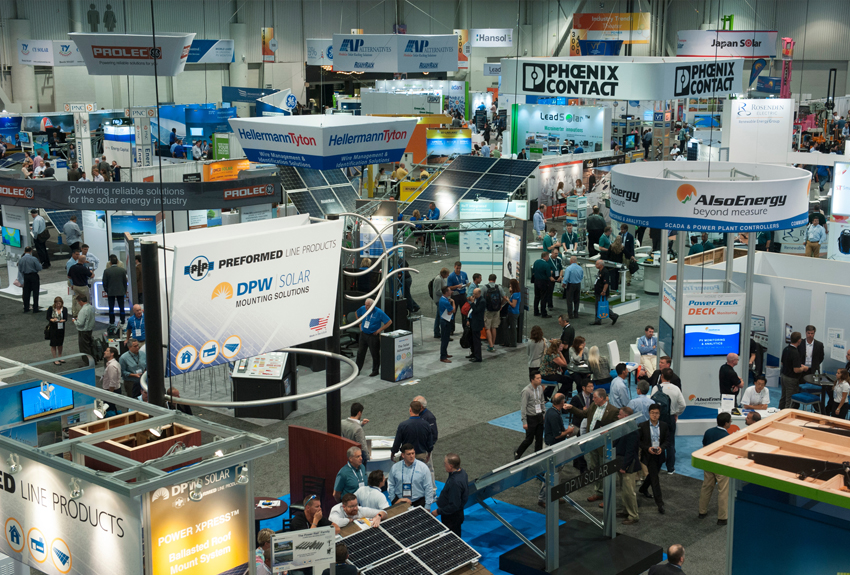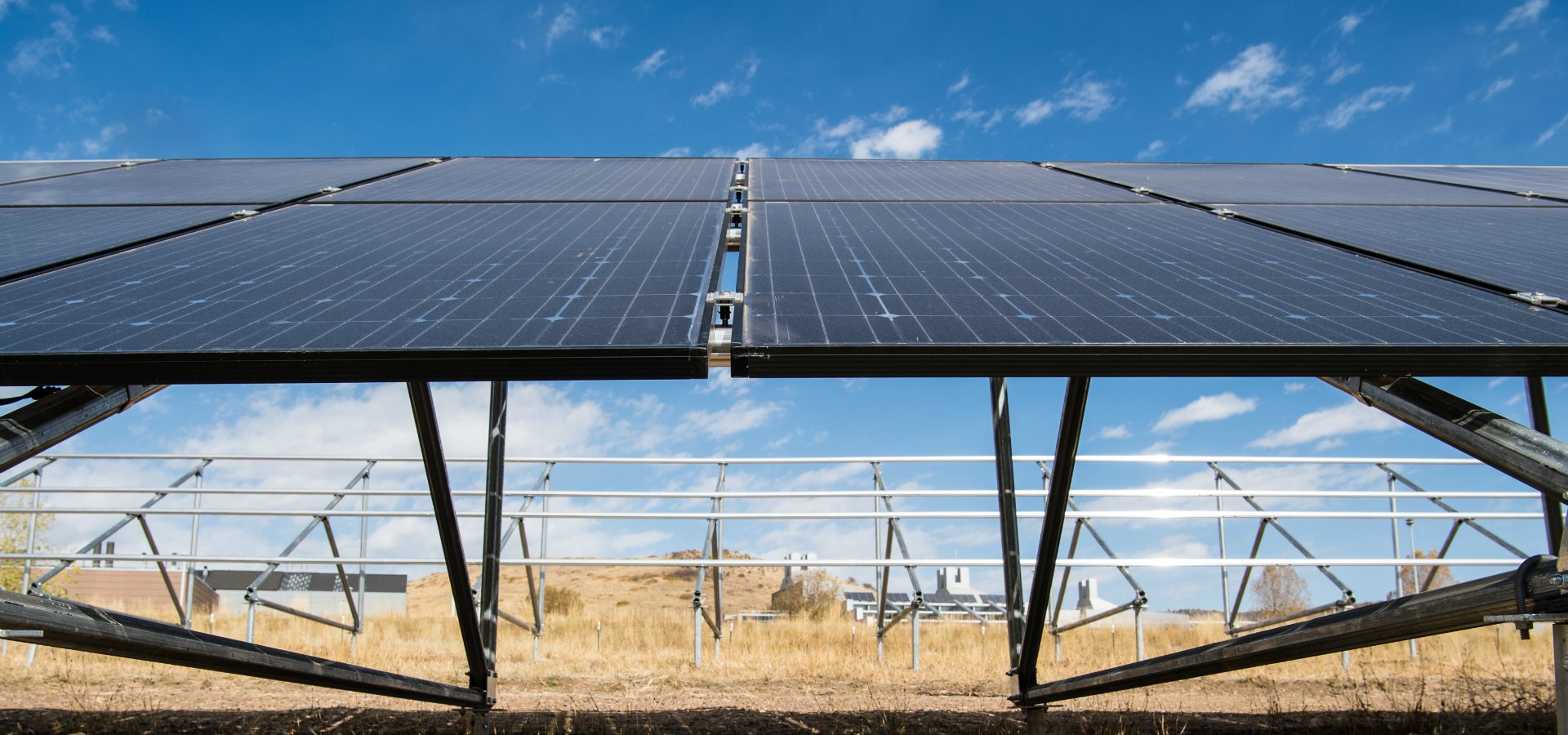Although solar markets tend to be defined at the state level, the federal government has directly impacted the industry in significant ways over the last few years. Since the end of 2015, when the industry received positive news that the 30 percent solar Investment Tax Credit (ITC) would be extended, the new administration has made a concerted effort to damage the solar industry. Initially, the solar industry’s primary fears stemmed from the campaign promises of wide deregulation in the energy sector, free-market fantasies that have come to fruition through the proposed repeal of the Clean Power Plan and the country’s withdrawal from the Paris Climate Accords. However, with recent suggestions by the Trump administration to subsidize failing coal and nuclear plants and implement a slew of tariffs, the real policy threats to renewables are far from the free market proposals of the past.
Barriers Overseas
Free market expectations should have been tempered for the Trump administration, as the President’s protectionist views were never a secret before or after the election. Despite the administration’s initial talk being characteristically broad and vague, last year’s 201 petitions provided the President a specific and direct avenue to enact “protectionist” policy directly impacting energy in the form of 30 percent tariffs on imported solar modules. Though the tariffs were couched as a purported attempt to save jobs in the American solar manufacturing space (an industry that had 2,000 employees last year), the tariffs may cost the country over 20,000 domestic jobs during their implementation. Subsequent tariffs placed on imported steel and aluminum have further strained margins for American-made solar projects, where steel and aluminum are used for racking, mounting and carport structures. These policies should hardly be considered “America first”, not to mention they run against the Administration’s initial theme of a deregulated energy market.
Subsidies at Home
As frustrating as these trade policies have been for the solar industry, the administration's politically-driven economic support for outdated coal and nuclear energy generators strikes an even greater nerve. As we wrote in October, Rick Perry’s Department of Energy (DOE) has been undertaking efforts to directly subsidize coal and nuclear under the guise of strengthening grid resiliency. Within the NOPR (Notice of Proposed Rulemaking), the DOE proposed that coal and nuclear plants be specially designated as “fuel-secure power” sources and argued that they should receive additional subsidies for the designation given their supposed resiliency during threats to the grid in the event other sources shut down. Keep in mind that many of these coal plants could not (and did not) operate during the polar vortex.
This proposal came on the shoulders of a DOE commissioned report on grid resiliency that questioned the reliability of renewables, even though leaked copies of the report before it was published showed that renewables posed no significant threat to reliability. The official report released later told a slightly vaguer story, and the DOE continued to push the NOPR. Facing intense pushback from the entire non-coal or nuclear energy industry, the NOPR was rejected by FERC in January, but efforts to subsidize a dying coal industry persist today.
On May 29, a memo circulated within the National Security Council calling for action to save coal and nuclear plants that are being decommissioned, again citing grid reliability issues and calling it a national security issue. Contained in the memo was a directive to require the grid to purchase power from a list of designated coal and nuclear facilities to keep “fuel-secure facilities" online, a move that has unsurprisingly garnered praise from leaders in the coal industry. However, FERC unanimously shot down the bailout effort, siding with critics who called the plan nothing more than a tax on consumers that doesn’t actually accomplish anything for grid security.
Unfounded and Unfair Reasonings
It is obvious that the administration is scrambling to make good on its loud promise to revive the coal industry. Experts have repeatedly found no merit in the administration's chief arguments for these subsidies, the false idea that the grid is made more secure by coal and nuclear resources. A recent study by PJM showed that coal and nuclear shutdowns posed no threat to the reliability and security of the grid. In contrast with the administration's broadsides that the subsidies' detractors are simply special interests to be ignored, the coalition of natural gas and renewables, who might otherwise be competitors, makes it clear that such subsidies would in fact be for special interests, not against them. Perhaps because they are.
The solar industry, which has created American jobs in wave after wave over the last decade, is facing increasing strain from tariffs on modules, cells, steel and aluminum, and from proposed subsidies for coal and nuclear. When coupled with the simultaneous deregulation of environmental standards and new coal-friendly policies on its trade and production, these free market interventions feel more like an attack on renewable energy than a fight for coal jobs.
Unfortunately for the administration, the transition to renewables is not a matter of “if” but when. The future still belongs to renewable energy. With commercial scale, technological advancements, and higher adoption rates, it's inevitable that our energy future will not be caged by unfree and unfair markets.
This is an excerpt from the June 2018 edition of The SOL SOURCE, a monthly electronic newsletter analyzing the latest trends in renewable energy based on our unique position in the solar industry. To receive future editions of the journal, please subscribe.
ABOUT SOL SYSTEMS
Sol Systems, a national solar finance and development firm, delivers sophisticated, customized services for institutional, corporate, and municipal customers. Sol is employee-owned, and has been profitable since inception in 2008. Sol is backed by Sempra Energy, a $25+ billion energy company.
Over the last eight years, Sol Systems has delivered 700 MW of solar projects for Fortune 100 companies, municipalities, universities, churches, and small businesses. Sol now manages over $650 million in solar energy assets for utilities, banks, and Fortune 500 companies.
Inc. 5000 recognized Sol Systems in its annual list of the nation’s fastest-growing private companies for four consecutive years. For more information, please visit www.solsystems.com.








